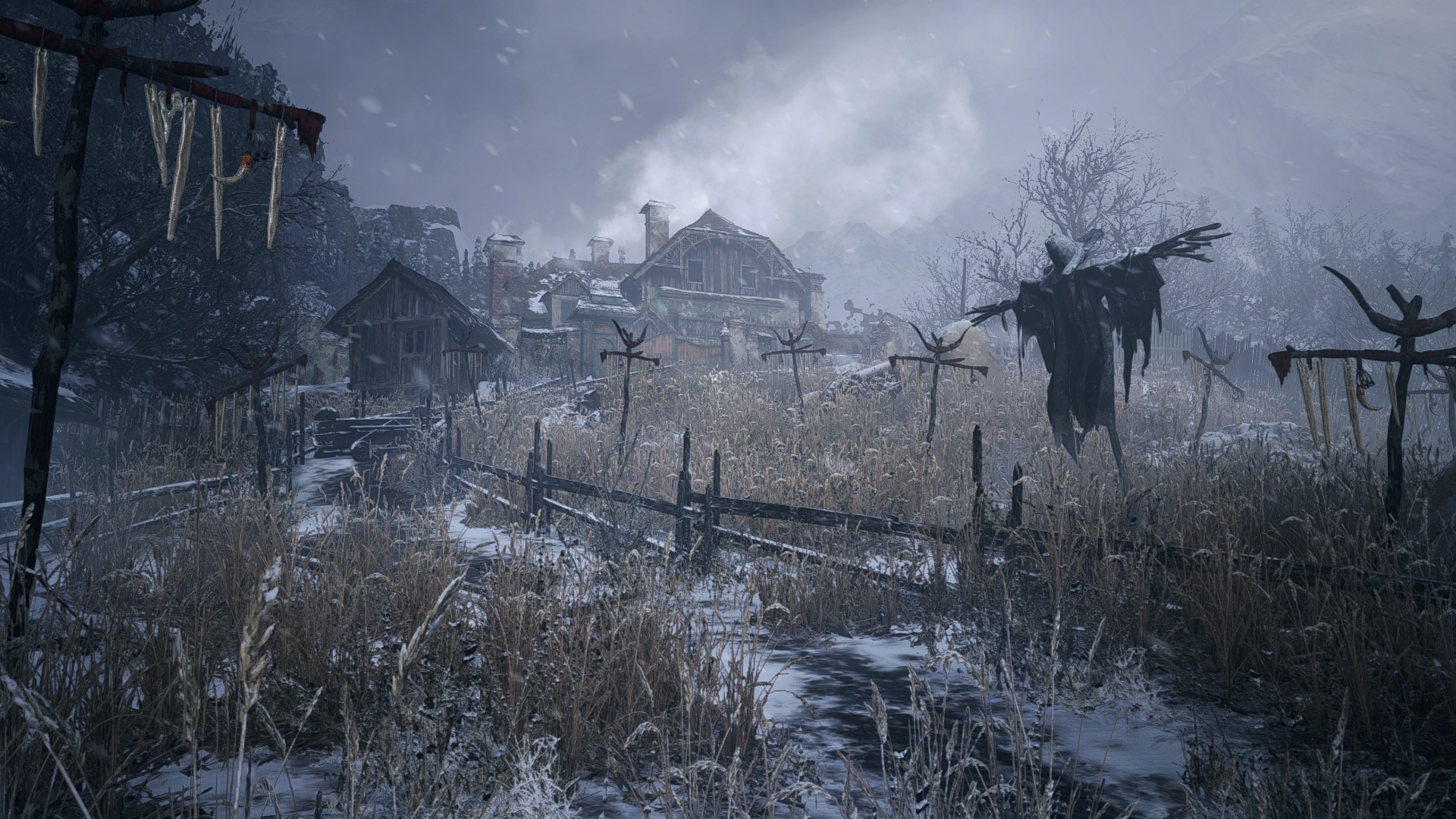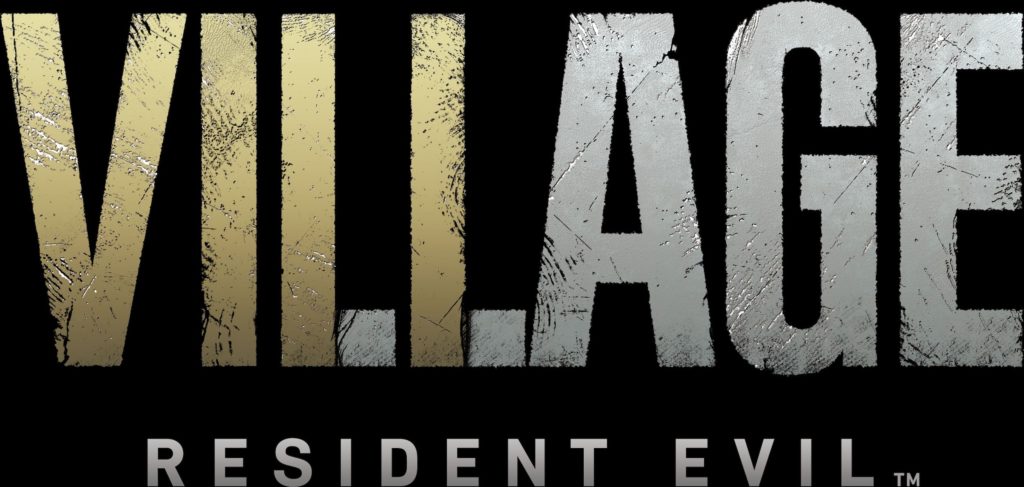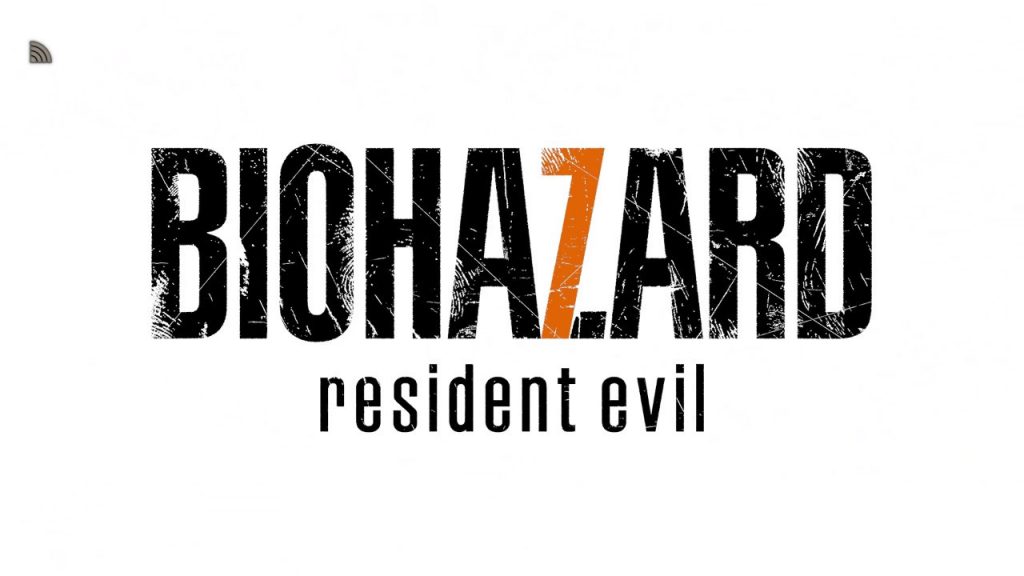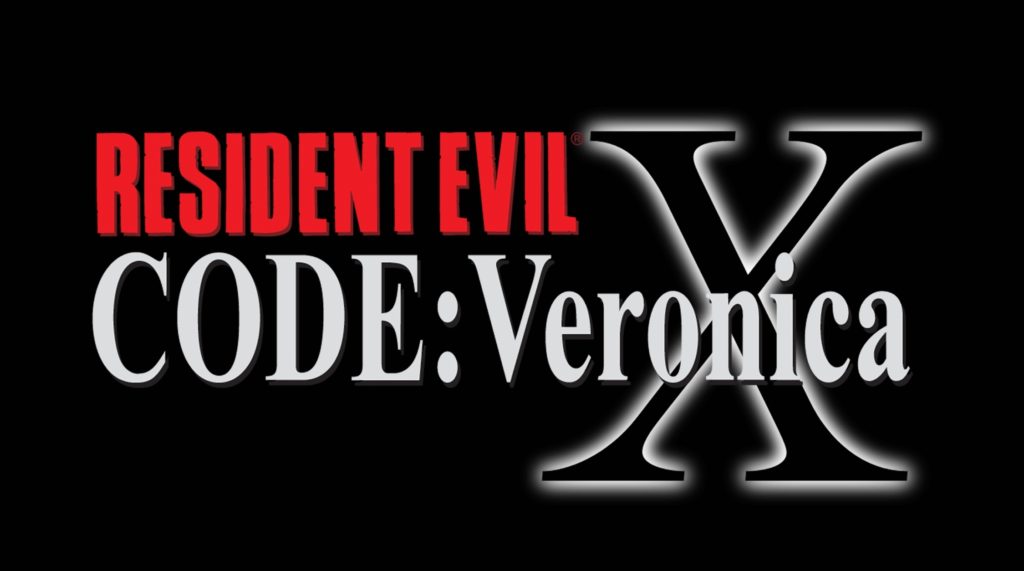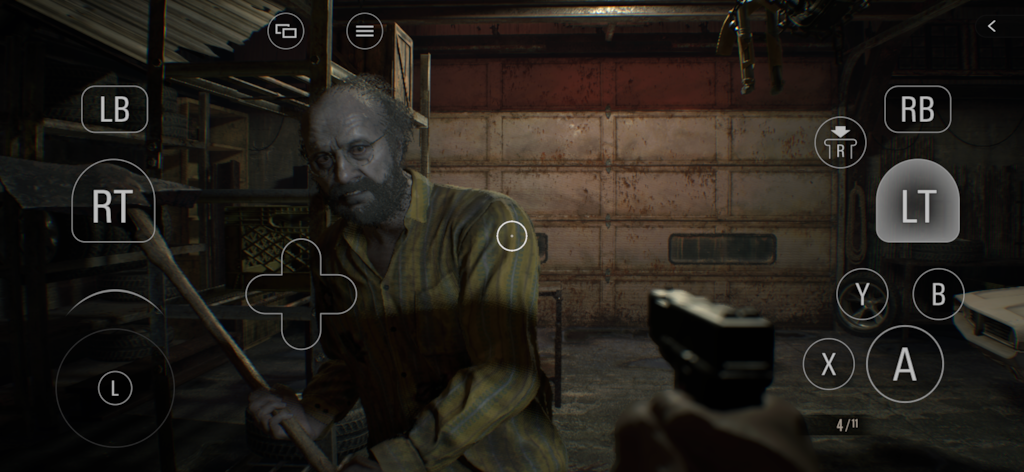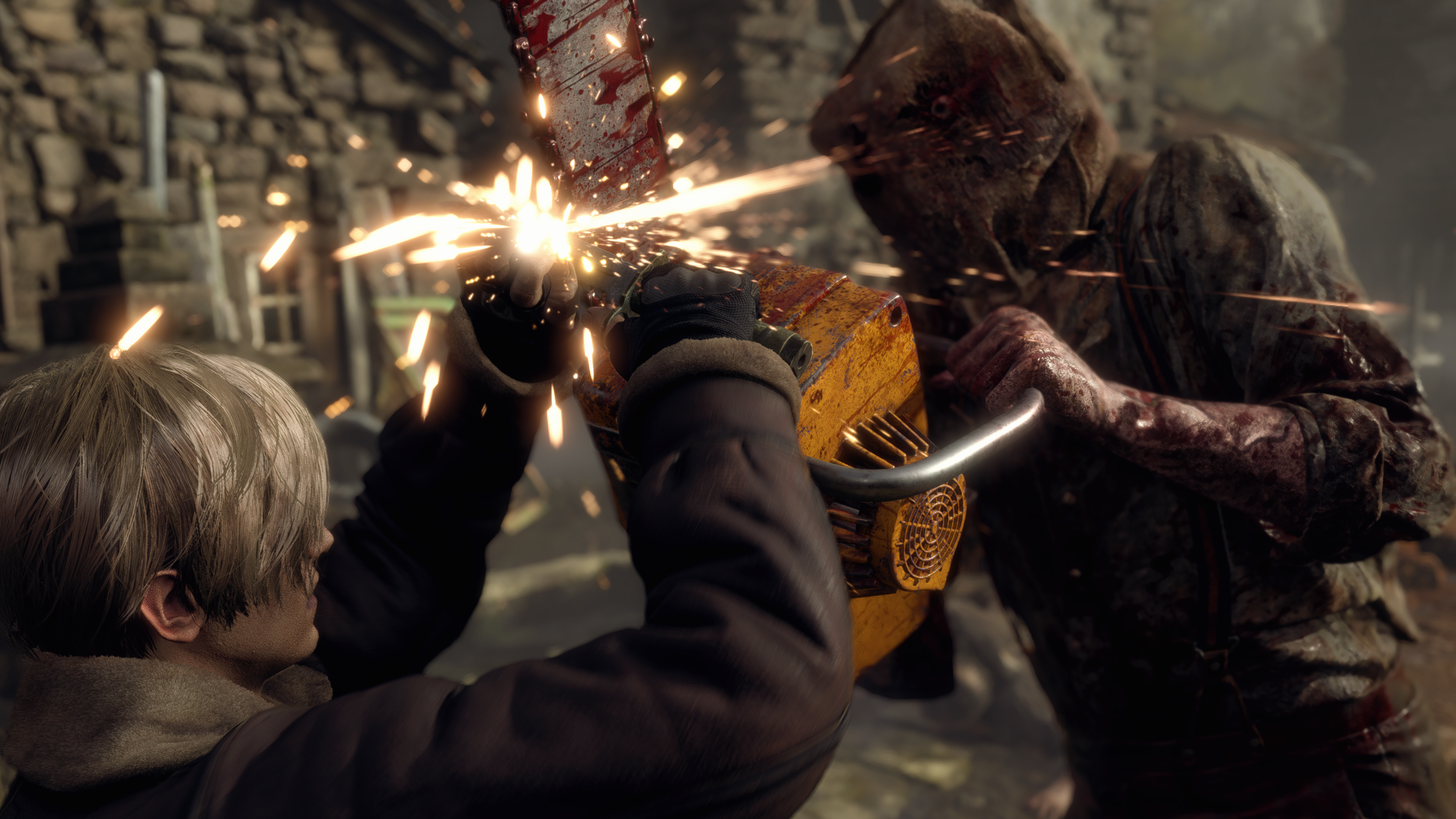Last week at Sony’s PlayStation 5 debut stream, Capcom finally unveiled the long-awaited sequel to 2017’s Resident Evil 7 Biohazard, titled Resident Evil 8—except it’s not called that at all; it’s actually called Resident Evil Village, referring to the game’s setting in a European village where another set of ominous, monster-filled events will inevitably occur.
Capcom emphasizes that Village is indeed the next “mainline” RE title; it’s not a tangential side story like Resident Evil Survivor, nor is it a remake of a previously released title like April’s Resident Evil 3 or last year’s Resident Evil 2. It’s not an off-genre take on the series like the arcade-style shooter Resident Evil: The Umbrella Chronicles. And it isn’t a prequel like Resident Evil 0 or the two Resident Evil: Revelations entries, either.
When read merely as text, it seems like an arbitrary realignment of a long-established branding convention in games and other media, in which numbers often dictate a title’s legitimacy. But a peak at Capcom’s logo shows that Village, when spelled in all caps, can contain the Roman numeral for the number 8, VIII, as can be seen in “VILLAGE.” In fact, this is the second time Capcom has taken this approach, with Resident Evil 7 Biohazard eschewing the number 7 in favor of the Roman numeral VII embedded in the word “EVIL.” (The Japanese logo stuck to the number 7 a part of the “Z” in “BIOHAZARD.”)
What sets apart RE7 and Village is that RE7 still kept the number when spelled out, but Village declines to make any official reference to the number 8. Capcom’s official press release simply refers to Village as the sequel to RE7, rather than being “RE8,” whether as a defacto moniker or an actual title. However, the logo does make Capcom’s intentions quite clear about where Village stands and how it will relate to past and future RE games.
It might appear to be a bold direction for Capcom to take its most important gaming franchise, whose sales recently surpassed 100 million units more than 24 years since the original release in March 1996. It’s Capcom’s first IP to reach the milestone; only a handful of Japanese video game properties have hit the mark (of which a vast majority belong to Nintendo). But examining two and a half decades of RE history hints that this could be a permanent move for Capcom, or at least one that will be used for the foreseeable future.
Numbers Aren’t Everything
The Resident Evil series has eight numbered entries so far, when accounting for Resident Evil 0 and not double counting the remakes of RE, RE2 and RE3 so far. However, there are actually thirteen RE games in the series’ core chronology. For the purpose of this article, I define the “core chronology” as a game that fulfills both of the following conditions:
- A. Features any protagonist who first appeared in RE or RE2; this usually means Jill Valentine, Chris Redfield, Leon S. Kennedy and Claire Redfield, but also includes Barry Burton, Rebecca Chambers and Ada Wong
- B. Depicts events clearly referenced in follow ups, are materially consequential to the ongoing story arc and are not blatantly contradicted or ignored.
Note that gameplay style is decidedly not a criterion here: the RE series has adopted several different gameplay styles over the decades, which makes qualification in the core chronology fair game. With these criteria, the following games also fall under the core chronology: Resident Evil CODE: Veronica, Resident Evil: The Umbrella Chronicles, Resident Evil: The Darkside Chronicles, Resident Evil: Revelations and Resident Evil: Revelations 2. With the exception of that last game (which we all know doesn’t count), none of them have an ordinal number yet are important in their own right.
Some of the series’ most important milestone events are depicted in these non-numbered games: in CODE: Veronica, Albert Wesker returns and becomes the primary antagonist for the next few titles. Umbrella Chronicles depicts the destruction of Umbrella, an event that was glossed over in RE4. Darkside Chronicles tells us why Leon is whom he is in RE4, while each Revelations title serves to augment the background story of RE5 on both sides of its spot in the timeline; in fact if certain rumors are to be believed, Village actually originated as Revelations 3, while there are hints in the Village trailer that may turn out to be allusions to Revelations 2.
There are several of other non-numbered RE games that fall outside of the core chronology: the two Resident Evil Outbreak titles, Resident Evil Survivor and Resident Evil: Dead Aim all contain canon plotlines that are referenced in some way in the main series, so they satisfy criteria B, but they star none of the characters listed in criteria A.
Resident Evil: Operation Raccoon City and Umbrella Corps do have members of the main cast, but the former is a “what if” alternate universe take on the plots of RE2 and RE3, while the latter has almost no substantial story to speak of. Resident Evil: Gaiden is unrecognized by any other game in the series and rendered non-canon, while Resident Evil: The Mercenaries 3D has no plot whatsoever and is based on the minigame from RE5. Resident Evil Resistance was released this year alongside the remake of RE3, but by Capcom’s own admission, the story does not take place in the RE universe because the events are preposterous. Thus, all the games listed in this paragraph fail criteria B, even if they do feature characters from RE and/or RE2 in prominent roles.
Village stars Chris Redfield and Ethan Winters, who are both returning from RE7. That means Village meets both criteria A and B.

CODE: Village
Among the non-numbered core chronology titles, CODE: Veronica is by far the most important and the game that should’ve been given a number back in the day due to its high level of relevance. Unlike the other four non-numbered REs, which differed stylistically from the main entry counterparts of their time, CODE: Veronica featured conventional RE gameplay, took the story forward and served as the latest in the core chronology until RE4 was released nearly 5 years later. Compared to RE3 and RE4, the two entries that it falls between, CODE: Veronica has a plot that’s more impacting to the chronology. The only substantive reason CODE: Veronica was not called RE3 or RE4 was because it was initially a Sega Dreamcast exclusive, which came at a time when Capcom preferred to keep numbered entries on Sony’s PlayStation consoles. That CODE: Veronica is unnumbered was a marketing decision rooted in game company politics more so than creative reasons.
This brings us back to Village. In some ways, it comes off as a modern parallel to CODE: Veronica. Village officially has no number, but the game is certainly going to be a milestone entry. Both games ushered RE onto a new generation of consoles with visual and technological refinements that their immediate predecessors lack. They both feature Chris Redfield in prominent roles, and coincidentally, they are intentioned as spiritual successors to relatively older games at the time of their release; CODE: Veronica was a thematic successor to the first RE, rather than RE2 or RE3; Village takes after RE7 while having seemingly little to do with RE2 and RE3’s modern remakes. While likely not intentional, as a follower of RE development history, I just couldn’t help but notice these parallels.
Having begun development in spring 1998, CODE: Veronica established relatively early on that a number wasn’t a requisite for being considered mainline RE. However, despite the myriad of non-numbered entries that have come and gone since that era, Village represents the first time since the release of CODE: Veronica—a period of exactly 20 years, that a number is not the defining element of the next RE game. There is the logo alliteration, but it’s just that: alliteration. Any use of the number “8” is unofficial and perhaps even improper. Had CODE: Veronica been released in 2020 instead of 2000, perhaps Capcom would have found a way to highlight the Roman numeral IV somewhere in its logo.
A Future Without Numbers?
There are also some key differences worth mentioning that set CODE: Veronica apart from Village. CODE: Veronica was never either RE3 or RE4 in name; both of those were their own projects developed simultaneously with CODE: Veronica. As fans await the 2021 release of Village, there is currently no expectation for a “proper RE8” that will come out in the next few months or years. Whatever mainline RE game comes after Village is, if anything, more likely to be called Resident Evil 9 than Resident Evil 8. (There are unsubstantiated rumors that a remake of RE4 is in development, but this would theoretically have little to no impact on the storyline set by Village, just as RE2 and RE3 had virtually nothing to do with RE7.)
If Village enjoys commercial success, which it probably will due to RE’s momentum in recent years within an ever-growing game market, then it would serve as proof that Capcom can move beyond literal numbers for the branding of RE, or at least lessen its dependence on them. It would mirror what Ubisoft has done with the Assassin’s Creed series, Activision with Call of Duty, or Crystal Dynamics with Tomb Raider (but without logo design theatrics). With ninth and tenth entries likely to follow within the next half decade or so, Village could be the beginning of an era in which RE games have new protagonists, storylines, settings and gameplay that rely less on a progressive timeline and more on thematic creativity. Eschewing numbers could even allow for Capcom to explore going back in time but without the added burden of being encumbered by the need to have ties to existing past RE titles, which proved to be challenging hurdles for games like RE0, Umbrella Chronicles and Revelations.
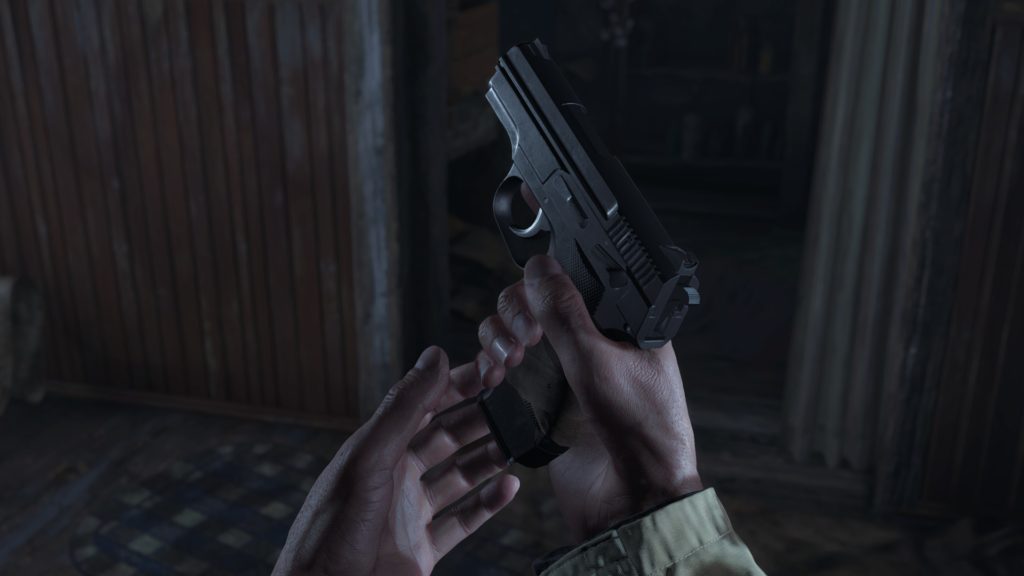
There are some notable risks to this approach, regardless of Village’s performance. Should Capcom give up on numbers going forward, it would compel the company to be more careful in its approach to marketing and releasing future games that either fall out of the core chronology or otherwise wouldn’t be entitled to a number under their usual approach (i.e. a Revelations 3 or Resistance 2).
One potential scenario involves Nintendo Switch, the platform whose ecosystem exists independently of the PlayStations, Xboxes and PC. Capcom spent most of 2019 re-releasing past RE games on Switch in rapid succession, and given the hybrid platform’s inability to natively handle RE7, RE2, RE3, Resistance and Village, the system is a candidate for a non-numbered RE entry in the future, assuming Capcom wants to follow up on their efforts. But it would also mean Capcom has to ensure that more casual observers don’t unwittingly believe “RE9” is now a Switch title (with worse graphics than “RE8”). It might sound silly to RE fans, but to go back to Assassin’s Creed as an example, as a mere casual observer of that franchise, I wasn’t all too aware that Assassin’s Creed Bloodlines was a spin off and Assassin’s Creed Unity was the next big entry of its time until I did my research. This isn’t likely to become a large problem in the long term, but the approach will require careful messaging from Capcom.
It’s been an exciting few years for RE, with many ups and arguably a small number of downs, but with Village, Capcom is once again looking to redefine the expectations that RE fans should hold. And it might be the first in a string of games that realign how we look at the series as a whole as the series celebrates its Silver jubilee—its 25th anniversary, in March 2021.

